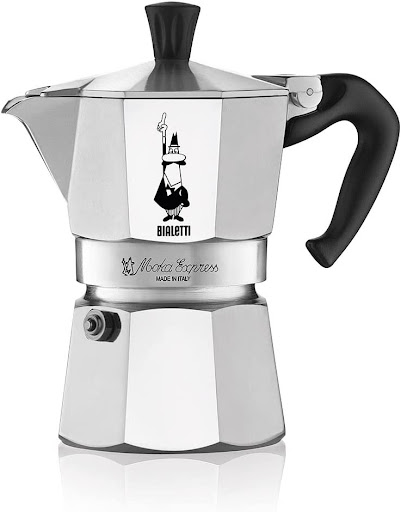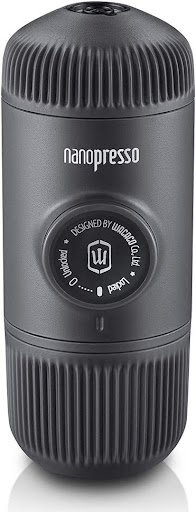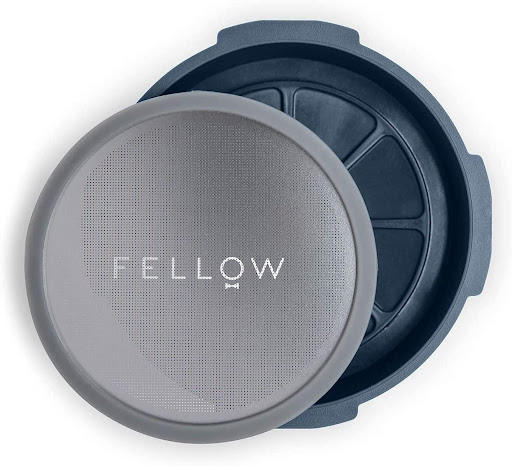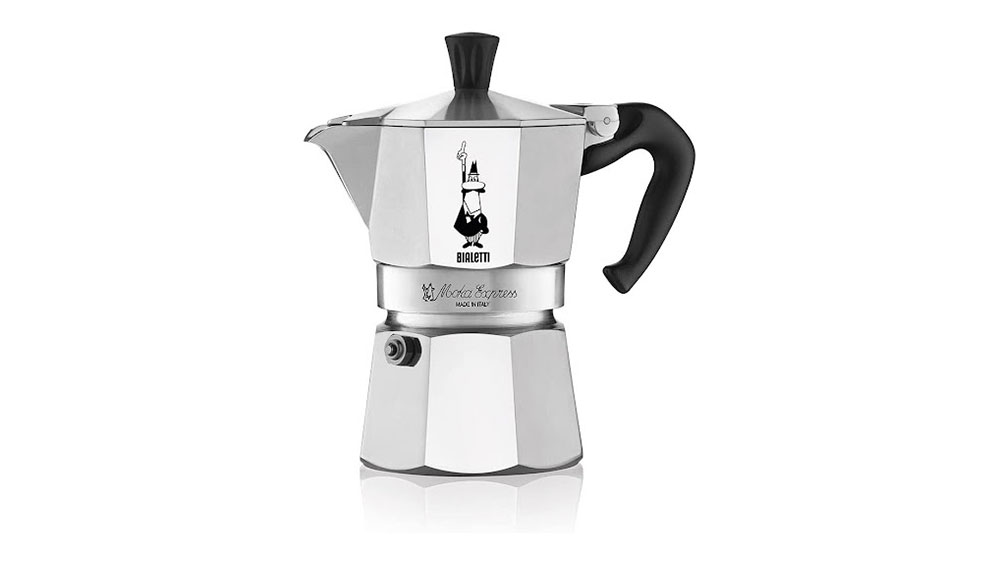Making espresso in your home can be the ultimate way to enjoy the world of coffee from the comfort of your home. Picture it now: you sitting in your pajamas and reading the newspaper while sipping at a piping hot espresso: what’s not to love?
The main barrier to that life, for most people, is the fact that espresso can be prohibitively expensive to make. The actual making of the coffee itself is typically quite cheap, but the machines and their maintenance can be expensive. To that end, we’re going to talk about a few ways to make espresso-style coffee at home without the use of an espresso machine.
Moka Pot

The Moka pot is probably where most coffee lovers’ minds will go when they’re thinking about brewing small cups of exceptionally strong coffee without an espresso machine. There’s a very simple reason for this – Moka pots are simple, hardwearing, and they’ve been around for a long, long time. This means that not only do we know they work, but they work reliably and for a long time.
The thing that makes Moka pot coffee similar to espresso is that it is made in a similar way. Coffee is added to a small basket and tamped to provide some resistance to boiling water. This method of brewing results in an interesting and tasty drink in relatively little time at all – it can be utterly delicious, which is certainly ideal.
The one thing that we would say, however, is that a Moka pot simply cannot reach espresso levels of pressure. To that end, opting for a Moka pot often won’t get you great crema on your coffee. If that’s something you’re looking for, you might be a little disappointed.
Nanopresso

The nanopresso, and the range of brewers on the market that are quite similar, occupy an odd place in the world of specialty coffee. On the one hand, they produce espresso-like drinks cheaply and easily, and on the other hand, they can be a little unpredictable.
The thing that we really like about the nanopresso is its straightforward functionality. The pumping action of the button on the side serves to build pressure, and when the pressure reaches a good level, espresso simply pours out. This leads to a tasty, brilliant way to make espresso cheaply.
The thing that we dislike, to be honest, is the fact that they seem to have a track record of breaking down from time to time. This is frustrating, of course, and it means that the brewer can become a little dangerous. A common complaint is the fact that rubber seals within the nanopresso deteriorate over time, leading to hot water or espresso spilling out of the machine, and onto the user’s hands. Not only is this messy and frustrating, but potentially a little dangerous, too.
To put it simply – the nanopresso, and the brewers like it, do make great, espresso-like coffee on a budget. This means that you’ll certainly be able to enjoy coffee from them, though it might be a little tricky to achieve the perfect, repeatable brew.
Fellow Prismo

The fellow prismo is a fantastic added part for the Aeropress that makes absolutely stunning espresso. It can be a little tricky to get to work with, but it works well enough that we couldn’t fault it if we tried!
Essentially, it works on a simple principle – as you force water through a hole, a certain amount of pressure is applied to that water. If you keep the force the same and reduce the size of the hole, you increase the amount of pressure that you apply to the water.
This means that you can use the fellow prismo to press espresso doses of water and coffee through an exceptionally small hole, leading to an increase in the amount of pressure acting upon the coffee. This means that you can recreate espresso conditions without an espresso machine – it’s truly impressive engineering!
Making espresso with the fellow prismo can be something a little tricky to get the hang of. However, if you make sure to measure, tamp, and distribute water as you would in an espresso machine, you can make wonderful coffee very easily!
We would also recommend that you always press the plunger completely, as you can otherwise end up with a strange volume of pressure in the chamber of the Aeropress, leading to the plunger forcing itself away from the puck when you take your hands away.
Aeropress – No Add-Ons

When using the Aeropress with no add-ons, you can create coffee that it much more similar to espresso than you might think. Of course, you won’t be able to achieve crema in a meaningful sense, and neither will you be able to achieve espresso levels of pressure. Despite that, the coffee can be decadent and strong, just like a great espresso.
To make this happen, most professional brewers recommend brewing coffee with the inverted method, having the opening of your Aeropress pointing directly up. When that is the case, you can add an espresso dose of coffee and water, and allow them to mingle for what is, essentially, a very long pre-infusion.
Then, when you invert and plunge, the coffee that you produce does have a distinctly espresso-like flavor to it. It’s not exactly the same as a wonderfully well-rounded cup of espresso, but the coffee is strong and sharp, just like how you want it.
You could also use this brewing method to make a more generally concentrated form of coffee, which could then be watered down to produce many cups of tasty coffee in your home. That’s liable to be a little easier, especially when you consider that you won’t be producing espresso at that moment.
Conclusion
Making espresso at home can be an expensive endeavor, and we hope that we’ve been able to give you a few more affordable options to make great espresso-style coffee in your home. It doesn’t need to be impossible, there are some great options out there!

